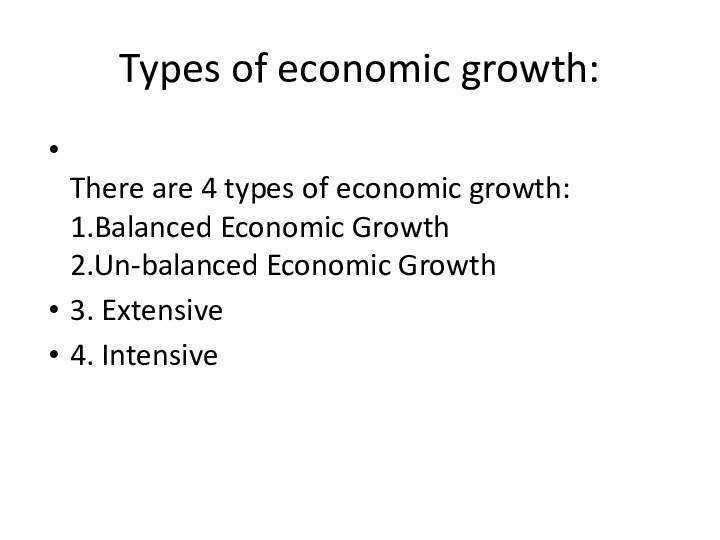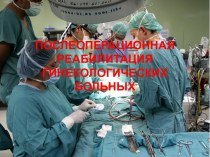- Главная
- Разное
- Бизнес и предпринимательство
- Образование
- Развлечения
- Государство
- Спорт
- Графика
- Культурология
- Еда и кулинария
- Лингвистика
- Религиоведение
- Черчение
- Физкультура
- ИЗО
- Психология
- Социология
- Английский язык
- Астрономия
- Алгебра
- Биология
- География
- Геометрия
- Детские презентации
- Информатика
- История
- Литература
- Маркетинг
- Математика
- Медицина
- Менеджмент
- Музыка
- МХК
- Немецкий язык
- ОБЖ
- Обществознание
- Окружающий мир
- Педагогика
- Русский язык
- Технология
- Физика
- Философия
- Химия
- Шаблоны, картинки для презентаций
- Экология
- Экономика
- Юриспруденция
Что такое findslide.org?
FindSlide.org - это сайт презентаций, докладов, шаблонов в формате PowerPoint.
Обратная связь
Email: Нажмите что бы посмотреть
Презентация на тему Lecture topic: the economic equilibrium and economic growth
Содержание
- 2. Economic growthEconomic growth is the increase in
- 3. In economics, "economic growth" or "economic growth
- 4. As an area of study, economic growth
- 5. Measuring economic growthEconomic growth is measured as
- 6. Factors affecting economic growthThere are several factors
- 7. Demand Side Factors Influence Growth of Aggregate
- 8. What Could Affect AD?Interest Rates. Lower interest
- 9. Levels of infrastructure. Investment in roads, transport
- 10. Commodity Prices. A rise in commodity prices
- 11. Types of economic growth: There are 4
- 12. 1.Balanced Economic Growth: All the economic
- 13. 3.Extensive Economic Growth: Economic growth is
- 14. Скачать презентацию
- 15. Похожие презентации
Economic growthEconomic growth is the increase in the amount of the goods and services produced by an economy over time. It is conventionally measured as the percent rate of increase in real gross domestic product, or














Слайд 3 In economics, "economic growth" or "economic growth theory"
typically refers to growth of potential output, i.e., production
at "full employment", which is caused by growth in aggregate demand or observed outputСлайд 4 As an area of study, economic growth is
generally distinguished from development economics. The former is primarily
the study of how countries can advance their economies. The latter is the study of the economic aspects of the development process in low-income countries.As economic growth is measured as the annual percent change of gross domestic product (GDP), it has all the advantages and drawbacks of that measure.
Слайд 5
Measuring economic growth
Economic growth is measured as a
percentage change in the Gross Domestic Product(GDP) or Gross
National Product (GNP). These two measures, which are calculated slightly differently, total the amounts paid for the goods and services that a country produced. As an example of measuring economic growth, a country which creates $9,000,000,000 in goods and services in 2010 and then creates $9,090,000,000 in 2011, has a nominal economic growth rate of 1% for 2011.
Слайд 6
Factors affecting economic growth
There are several factors affecting
economic growth, but it is helpful to split them
up into:Demand side factors
Supply side factors
Слайд 7 Demand Side Factors Influence Growth of Aggregate Demand
(AD)
AD= C+I+G+X-M. Therefore a rise in Consumption, Investment, Government
spending or exports can lead to higher AD and higher economic growth.
Слайд 8
What Could Affect AD?
Interest Rates. Lower interest rates
would make borrowing cheaper and should encourage firms to
invest and consumers to spend. People with mortgages will have lower monthly mortgage payments so more disposable income to spend. However, recently we had a period of zero interest rates, but due to low confidence and reluctant banks growth was still sluggish.Consumer Confidence. Consumer and business confidence is very important for determining economic growth. If consumers are confident about the future they will be encouraged to borrow and spend. If they are pessimistic they will save and reduce spending.
Asset Prices. Rising house prices create a positive wealth effect. People can remortgage against the rising value of their home and this encourages more consumer spending. House prices are an important factor in the UK, because so many people are homeowners.
Real Wages. Recently, the UK has experienced a situation of falling real wages. Inflation has been higher than nominal wage, causing a decline in real incomes. In this situation, consumers will have to cut back on spending reducing their purchase of luxury items.
Слайд 9 Levels of infrastructure. Investment in roads, transport and
communication can help firms reduce costs and expand production.
Without necessary infrastructure it can be difficult for firms to be competitive in the international markets. This lack of infrastructure is often a factor holding back some developing economies.Human Capital. Human capital is the productivity of workers. This will be determined by levels of education, training and motivation. Increased labour productivity can help firms take on more sophisticated production processes and become more efficient.
Development of Technology. In the long run development of new technology is a key factor in enabling improved productivity and higher economic growth.
Слайд 10 Commodity Prices. A rise in commodity prices such
as a rise in oil prices can cause a
shock to growth. It causes SRAS to shift to the left leading to higher inflation and lower growth. Political Instability. Political instability can provide a negative shock to growth. Weather. The exceptionally cold or hot weather, lead to a shock fall in GDP
Слайд 11
Types of economic growth:
There are 4 types of
economic growth:
1.Balanced Economic Growth
2.Un-balanced Economic Growth
3.
Extensive 4. Intensive





























